Moto Z2 Force Review
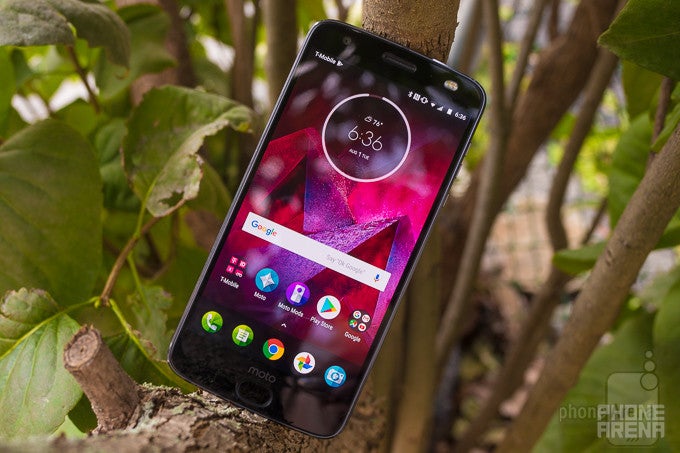
Introduction
Do smartphone shoppers like having a lot of choices? Up to a certain extent, sure, choices let us come closer to getting the phone of our dreams, and lower the risk of being stuck with some unwanted compromise. So when a company launches a device and it comes in two different sizes, we tend to look at this like a good thing; whether we want petite 5.0-inch phone or the big 5.7-inch phablet, our bases are covered.
But when we start talking about modular hardware, the benefit of having all those different models can start getting more difficult to justify. Look at last year's inaugural batch of Moto Z phones from Motorola: we had the super-thin Moto Z, as well as the bulkier Moto Z Force, and while the latter was much thicker, it also offered a significantly larger battery.
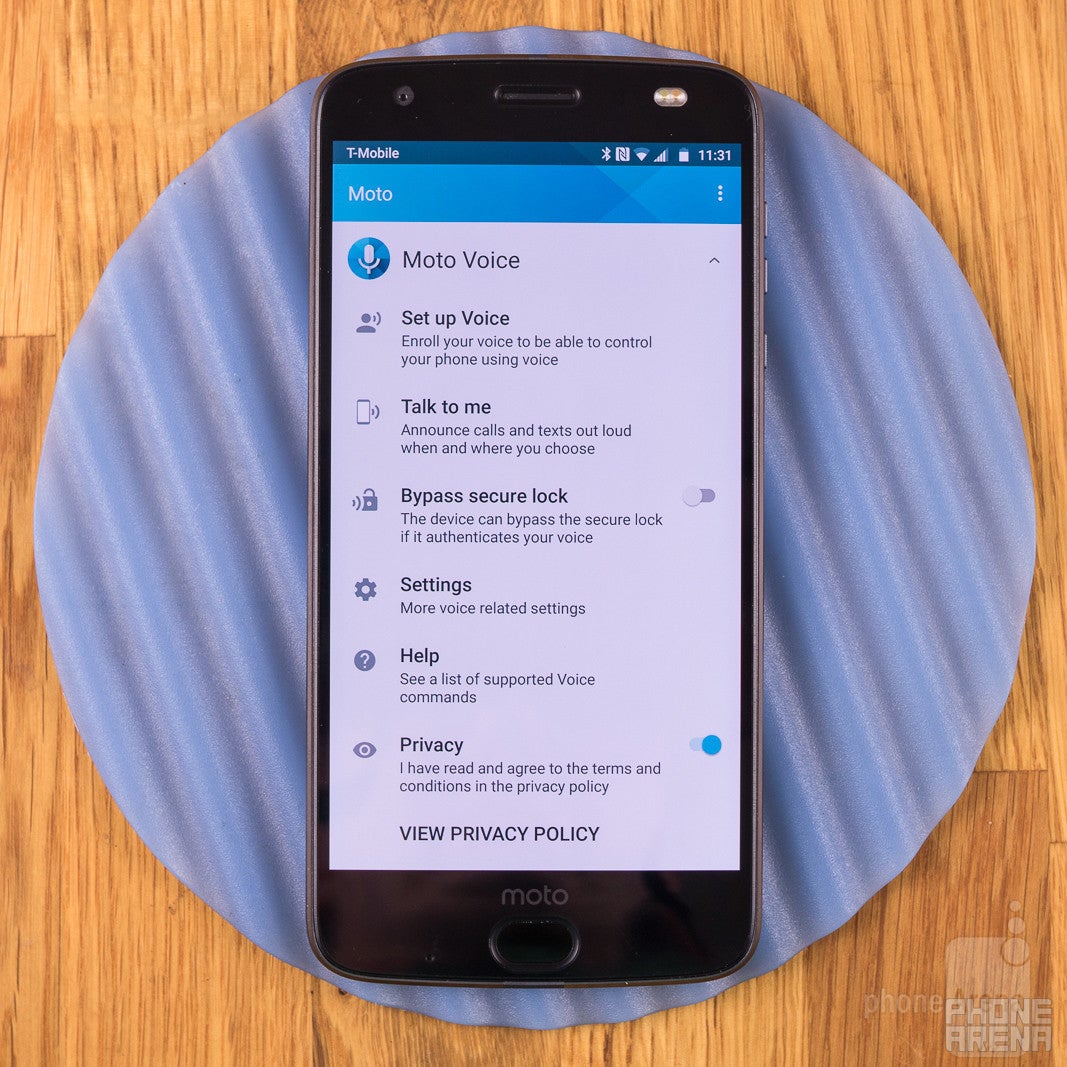
Apparently that's just what users have been doing, because this year, as we check out the second generation of Moto Z phones, there's no split between a new Z and new Z Force model. Instead, Motorola has seriously slimmed down the Z Force and is presenting it as the top-shelf modular phone of the season.
Will that prove to be a wise move? Is the new Z2 Force the best of both worlds, or a middle-of-the-road option that might have benefited from not trying to please everyone at once? We're looking into that right now, as we review the Moto Z2 Force.
In the box:
- Moto Z2 Force
- Turbo Power adapter
- USB Type-C to standard-A cable
- USB headphone adapter
- Welcome guide
- Warranty booklet
- Safety card
- SIM tool

Design
Moto Mods may make for powerful accessories, but not exactly inspired handset designs
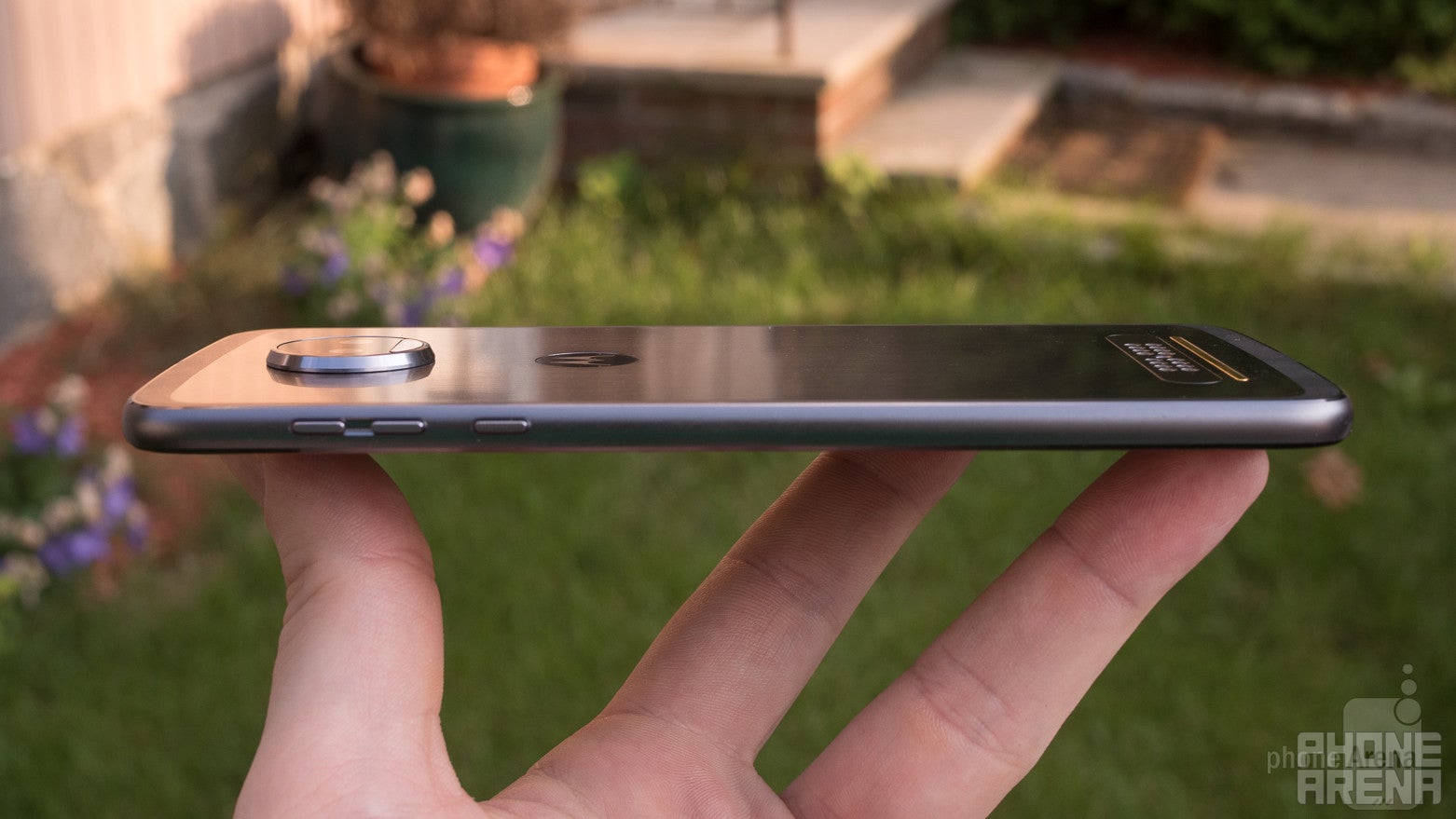
A new Moto Z phone is going to look a lot like the models that have come before it – there's little getting around that. Support for Moto Mods means buying into a design with some specific size and shape requirements, and if compatibility between this growing number of phones and hardware modules is to be maintained, we're not going to see new handsets stray very far off the reservation.
As such, the Moto Z2 Force comes through with a design that's very similar to both last year's Moto Z models, as well as the recently released Moto Z2 Play. The resemblance is strongest with that new model, as both feature the same elongated fingerprint scanner under their 5.5-inch screens, now serving double-duty as a space for gesture-based interface control. But there are still differences between all these phones, and the one that everyone's going to be talking about with the Moto Z2 Force is its thickness.
As you may recall, last year the original Moto Z was super-thin, measuring a scant 5.19mm thick. The first Z Force, meanwhile, clocked in a hair under 7mm. This year, Motorola seems most comfortable splitting the distance in the middle there. The Moto Z2 Play came in right between the two, at essentially 6mm, and now the Z2 Force lands in roughly the same spot, at 6.1mm thick.
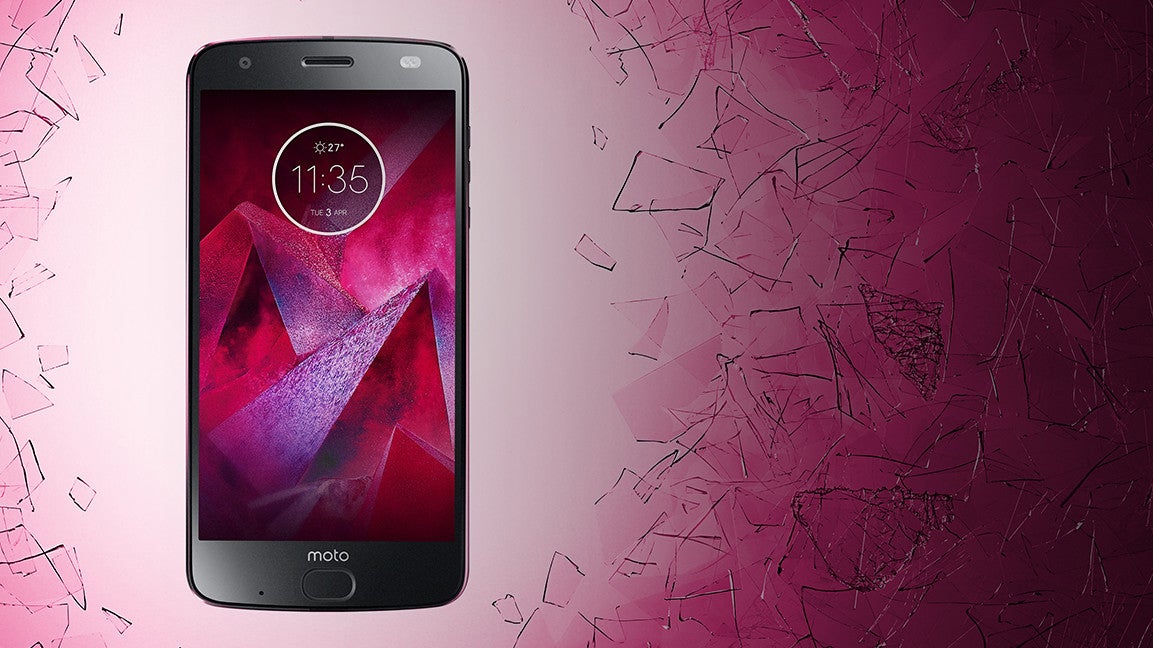
On one hand, that newfound consistency's nice, letting us choose between the Z2 Play and Z2 Force based more on their price and features than their design. But it's simultaneously quite frustrating, especially as we look at what the Z2 Play gets that the by-all-accounts-should-be-better-equipped Z2 Force lacks. Maddeningly, the thicker Z2 Force omits an analog headphone jack, while there's somehow still room for the port on the thinner Z2 Play. And the thinner phone also manages to fit in a 10% higher-capacity battery than the Z2 Force. We'll talk more about the impact those decisions have a little later, but from a pure design standpoint, they don't seem to make a ton of sense.
Those controversies aside, the move to slim down this year's Force model lets the Moto Z2 Force shed some pounds – or grams, rather – with a mass of 143g, a solid 20g less than the first-gen model. As a result, the Z2 Force feels feather-light, and while we often like our phones to have a little bit of heft to them – at least enough to make them feel substantial and well-made – this is a phone we'll be attaching hardware add-ons to, so it makes sense to want to start as low as possible.
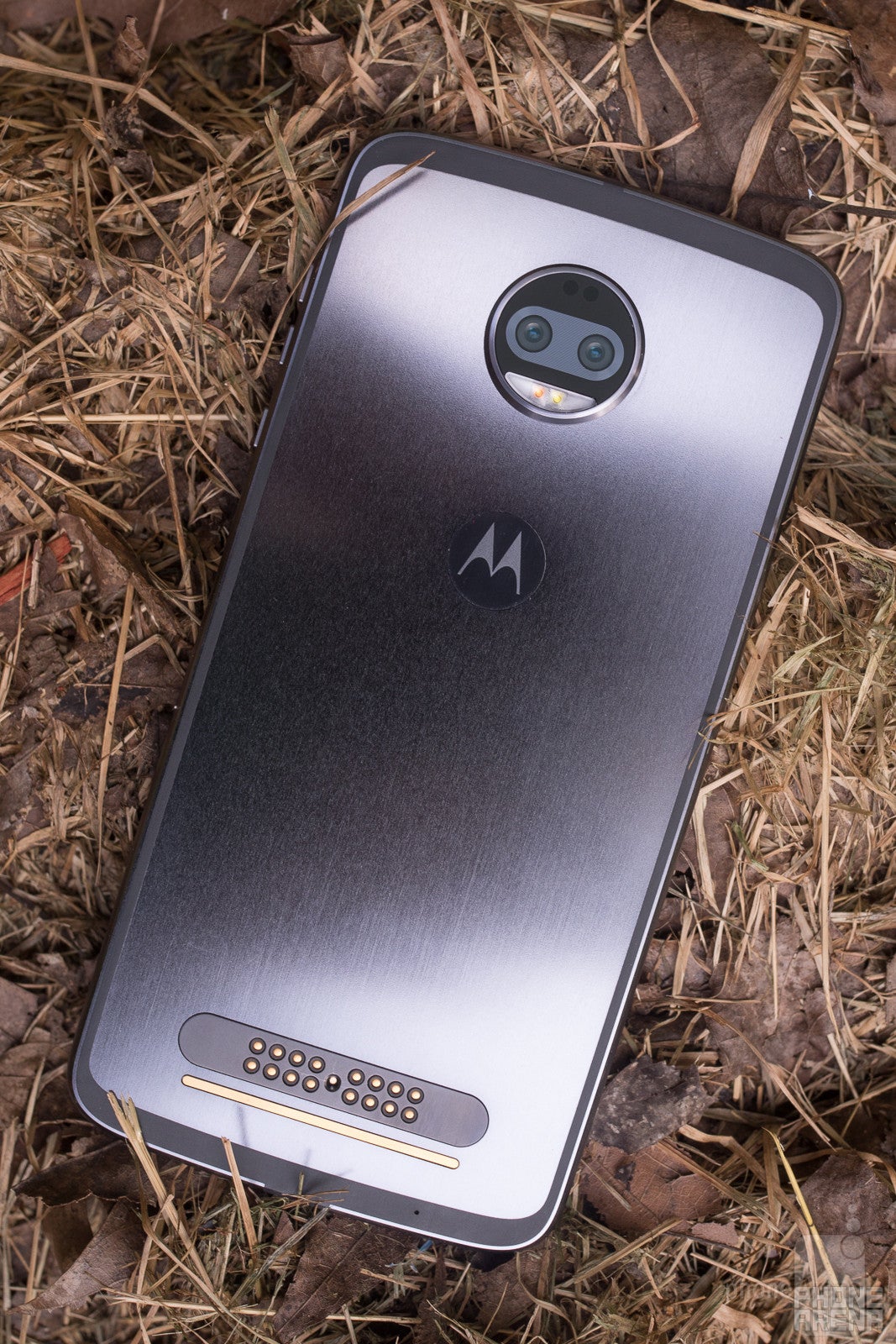
Around back we've got the Moto Mods interface in its expected position, and up top there's the rear camera bump. While its placement is also par for the course when it comes to Moto Z phones, this handset can't help but show off one of its key new features: a dual-rear-camera system. The phone's built with an aluminum unibody, and the back shows off an attractive brushed-aluminum look, but there's something a little off about how it all comes together, as that back panel feels perfectly smooth, rather than the texture we expect from that sort of finish. Perhaps it's laminated somehow, but the Z2 Force is still very much a metal-bodied handset.
Once again, Motorola goes with a nano-coating on the phone's internal circuits to resist water damage instead of sealing the handset tightly to keep water out in the first place. As a result, it's not rated for anything like the kind of immersion-protection we see from phones like the Galaxy S8 or LG G6, but the hardware should still survive a brief dip – though emphasis on brief.
On its own, there's nothing overly objectionable about the Moto Z2 Force's design – well, maybe that missing headphone jack. But we also can't help but view it in the context of last year's Moto Z phones, and already this model is feeling less inspired than either of 2016's flagships.
Display
Hits mix with misses as Motorola trades one evil for another
As a Moto Z-series phone, the Moto Z2 Force picks up a 5.5-inch display, and being the flagship model it is, the Quad-HD 1440 x 2560 resolution feels very appropriate. But this display's big selling point isn't its size nor pixel density: it's the shatterproof design.

Much like on the original Moto Z Force, the Z2 makes heavy use of plastic in the implementation of its OLED display, resulting in a panel that's simply not going to crack when you drop the phone. While that sounds like a huge benefit for the Z2 Force over competing handsets, it's also a decision that threatens to bite the smartphone in the keister. Let's come back to that in just a moment.
Looking at the performance of the screen itself, Motorola is in solid territory here. The picture's crisp, and colors are bold – at least with the phone's color mode set to “vibrant.” That's the default, and for good reason, because things get positively drab-looking the moment you switch it off.
Color accuracy is alright, at least keeping in mind that this is an AMOLED panel, where off-the-charts saturation is to be expected. And while that's still the case here, with some very intense hues, nothing's so out-of-whack as to have us wishing we were viewing content on another phone.
Brightness is a bit of touchy subject for the Moto Z2 Force. While the phone is capably of some decently bright output, north of 500 nits at its max, you're only going to see that kind of intensity with the phone's auto-brightness engaged. That on its own isn't so noteworthy, and we'd say about half the devices we test show similar behavior, but the Z2 Force stands out because its maximum brightness when you're manually setting the brightness slider is really, really low. We saw the same sort of split with with the first-gen Moto Z and Z Force, but this is one blast from the past we could do without.
So far, we'd say the screen on the Moto Z2 Force is fine: it's not perfect, and absolutely has some quirky behavior, but so do a lot of displays, even on flagship-class devices.
But then there's this shatterproof business. As we mentioned, this so-called ShatterShield owes its functionality to the use of plastics, rather than fragile glass. And while Motorola seems to very much deliver on its promises of impact-resistance, that comes at a price – and one that may simply be too high for many users.
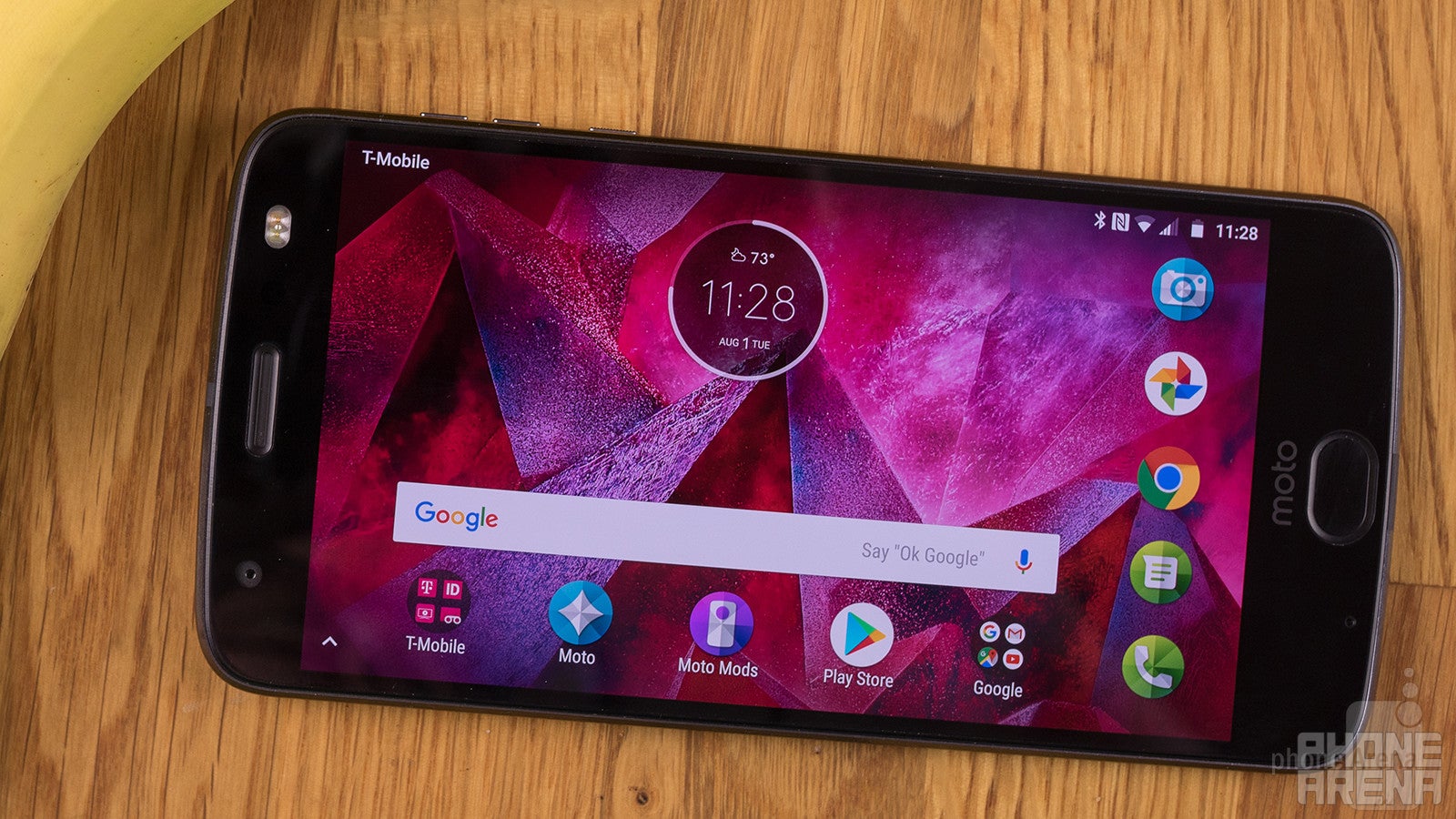
There are some very good reasons so many phones cover their screens with glass, and one of the big ones is durability. Sure, they break under enough stress – but up until that breaking point, they can also be far more resistant to incidental damage than plastic. And it doesn't take long carrying the Moto Z2 Force around before your screen starts to be covered in scratches.
Things that a glass-screened smartphone would just shake off tend to utterly destroy the Z2 Force's screen, quickly rendering it a scratched-up mess. We've been super-careful with this review unit in order to keep our photos of the handset looking pretty, but it's only through sheer force of will that we've avoided disaster; you don't have to look far to find plenty of reports of scuffed-up Z2 Force screens.
But it goes beyond just that. There's an aesthetic quality you lose with a plastic screen. Normally a phone's glass – especially when not illuminated – reflects its surroundings like a mirror. But with the Moto Z2 Force, those reflections are warped and distorted, like a 100-year-old pane of glass. Maybe more concerning, the plastic doesn't feel particularly well-applied to the phone's face, and pressing around at various points, you can hear the plastic creaking as it bends and deforms. We understand that the ability to bend rather than break is functional, but all these factors considered make the Z2 Force feel a lot less premium than its $720 price tag would otherwise suggest.
Interface and Functionality
Motorola continues to give us some of the most useful software extras on Android phones
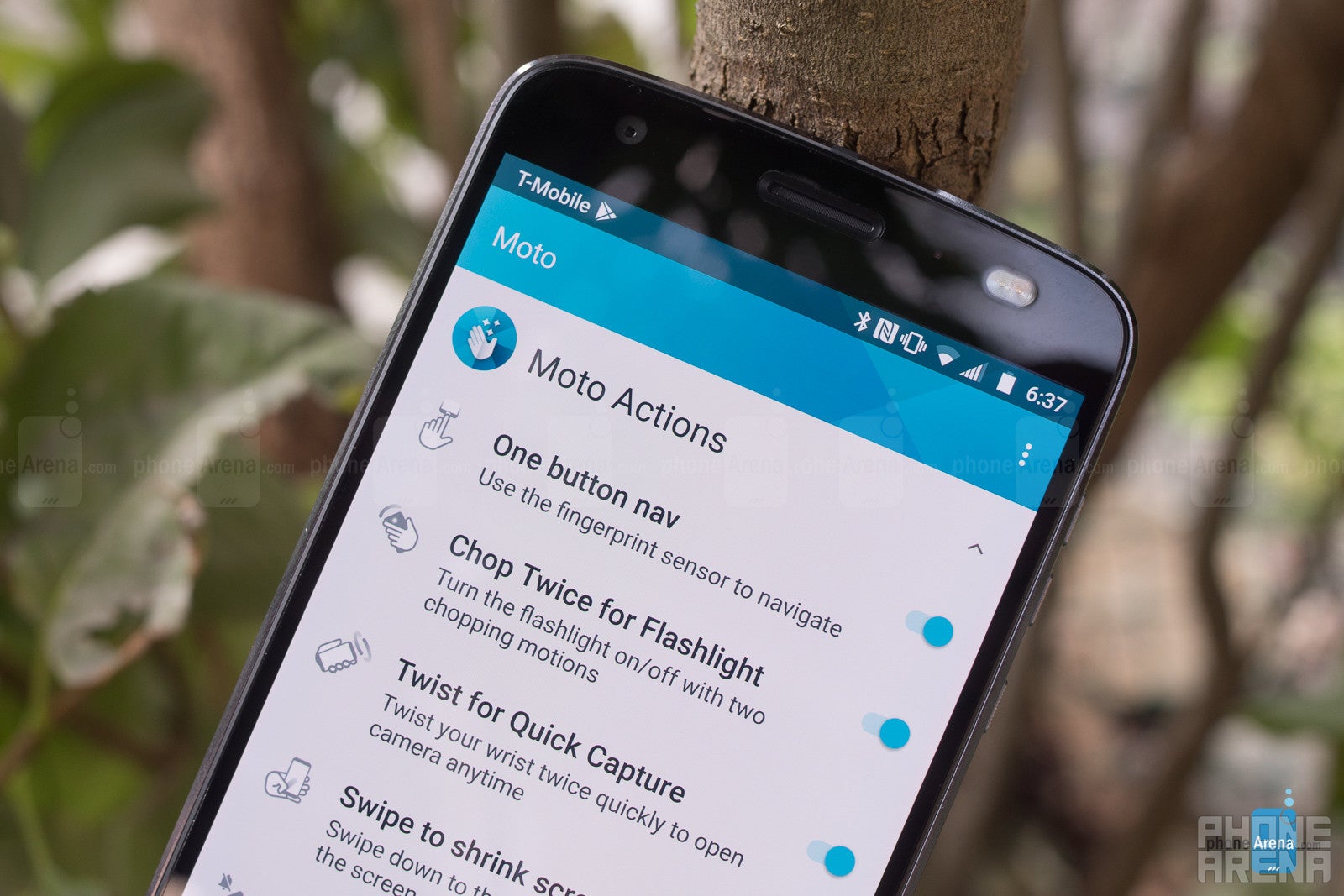
As we're used to from Motorola handsets, the interface on the Moto Z2 Force doesn't stray far from the familiar Android experience; all the major settings are right where you'd expect them, and the phone doesn't go out of its way to try and create a look that's all its own with gussied-up menus and icons.
But also like other Motorola phones, the interface on the Z2 Force succeeds with the help of its extended support for gesture controls. You'll waste a lot of time looking for these options in the phone's regular settings, but once you get clued-in to the fact that they're all living within the useful Moto app on the phone's home screen, you're all set to tap into the Z2 Force's power.
You've got your choice of gestures to take advantage of, from the simple like our beloved chop-for-flashlight, to the neat interface that eliminates standard on-screen virtual Android buttons and instead moves their functionality to the below-screen fingerprint scanner. Remembering which direction to swipe for back and which for multi-tasking can take a day or two to sink in, but once you've got a handle on it, it's an elegant system.
We also really enjoy the Moto Display, letting you check out notifications without needing to wake up your phone; it can even detect when your hand's getting near the screen and will preemptively illuminate, saving you from having to touch the Moto Z2 Force at all. The phone pulls that off with the help of new ultrasonic sensors, which results in a cleaner look than the old-fashioned infrared sensors.
Moto Voice has been around for a while now, but it's still learning new tricks, in the form of some new casual-language “show me” interactions. You can simply ask the phone to “show me the weather” or “show me my calendar” and it will pull up the relevant information. The idea's a sound one, but the implementation is a little rough: training is a lengthy process, where you're prompted to speak half-a-dozen phrases for the phone to sample. And when using Moto Voice, there can be a pronounced pause between you finishing speaking your command and the phone responding. A delay we can live with, but we really wish there were some sort of indication that the phone had successfully heard our voice and was processing the request; instead, users are kept in the dark while the phone is thinking.
Processor and Memory
The Moto Z2 Force has little to worry about when it comes to unparalleled performance
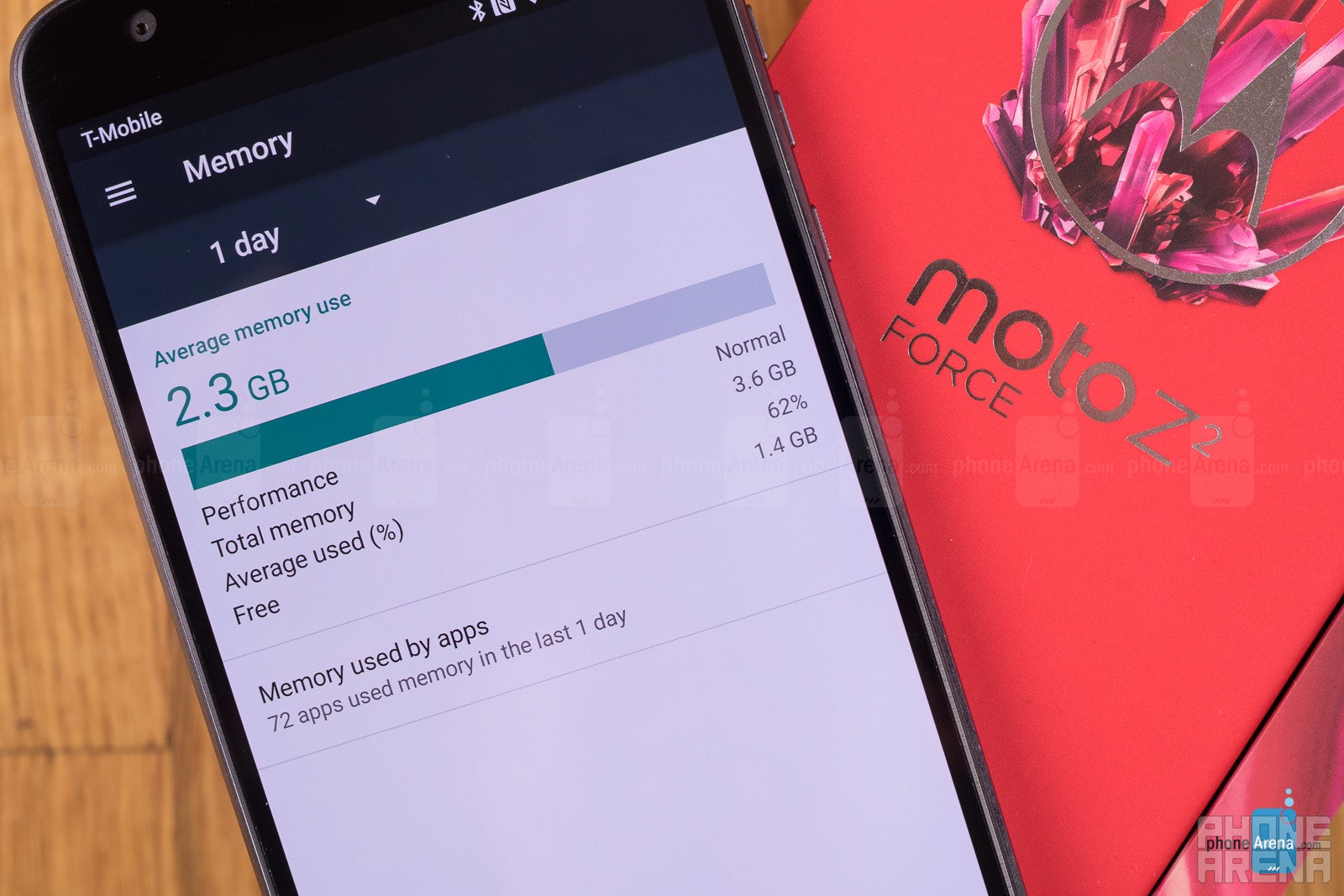
When you think about why people are going to buy the Moto Z2 Force, where do your thoughts go? The support for Moto Mods? The “unbreakable” (if something less than scratch-resistant) ShatterShield display? Both solid guesses, but they'd also be missing one somewhat unexpected aspect of this hardware's appeal? In our tests, the Moto Z2 Force came out as the best-performing phone Android we've ever evaluated.
Now, synthetic benchmarks are far from the end-all, be-all word on a smartphone's capabilities, but the numbers here are not only quite consistent across a battery of varying tests, but also show the Moto Z2 Force eking past the rest of its recent Snapdragon 835-powered comrades like the Galaxy S8 and HTC U11.
In addition to having that top-of-the-line Snapdragon chip under its hoods, the Moto Z2 Force is also armed with 4GB of RAM and 64GB internal storage (to say nothing of support for microSD expansion). That 4GB of memory is nice and spacious, but it's hardly anything above and beyond what other 835-based phones are packing, making this model's exemplary performance all the more interesting. We're not sure exactly what's giving the Z2 Force its edge, but we also can't deny that it's there.
That speedy performance also holds up to qualitative analysis, and the Moto Z2 Force feels as powerful to use as the benchmarks suggest. When you look at that in the light of the phone's slim build and light weight, that feat is all the more satisfying. Like we said, this probably isn't the first reason anyone's going to be picking up a Moto Z2 Force, but this speedy performance instead emerges as the icing on an otherwise very feature-laden cake.
At least, that's the case most of the time, but there are also a few rough patches here and there. We'll talk about it more in a moment, but some of the camera modes generate video that stutters far more than is acceptable considering the Moto Z2 Force's hardware. Perhaps some further software optimization is in order.
Connectivity
Good riddance to special carrier partnerships
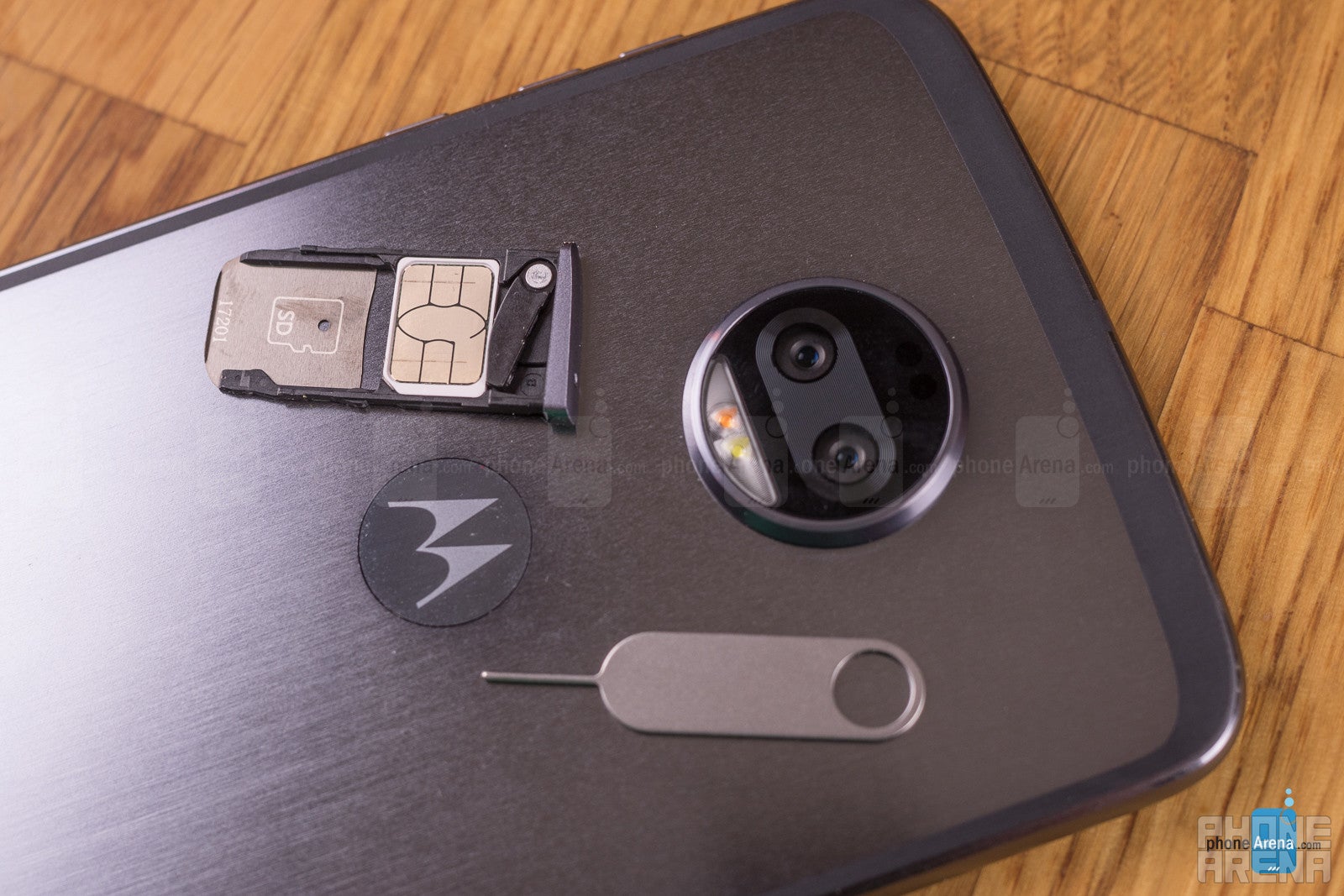
The first generation of Moto Z phones launched in the US under the Droid brand, and as such got their start as Verizon exclusives. This year, the Droid name has been conspicuously absent from the new Z phones, and that's not without reason, as the Z2 Force is landing with broad carrier support; bye-bye, exclusivity.
Pre-orders for the phone opened with Sprint, T-Mobile, and US Cellular in addition to Verizon – with only AT&T absent among the major players. But fret not, because soon you'll also be able to pick up the Moto Z2 Force unlocked and ready to be used with the carrier of your choice. That sort of flexibility is refreshing for the Moto Z series, as while other Motorola phones have already been eager to jump between carriers, the specter of that Verizon partnership had been hanging over what was arguably the most interesting Moto option. We can't say if this laissez-faire arrangement will stick around into the future, but we're sure happy to see the Moto Z2 Force able to take full advantage of it.
Camera
A new dual camera feels like a step in the right direction, but this one's still rough around the edges
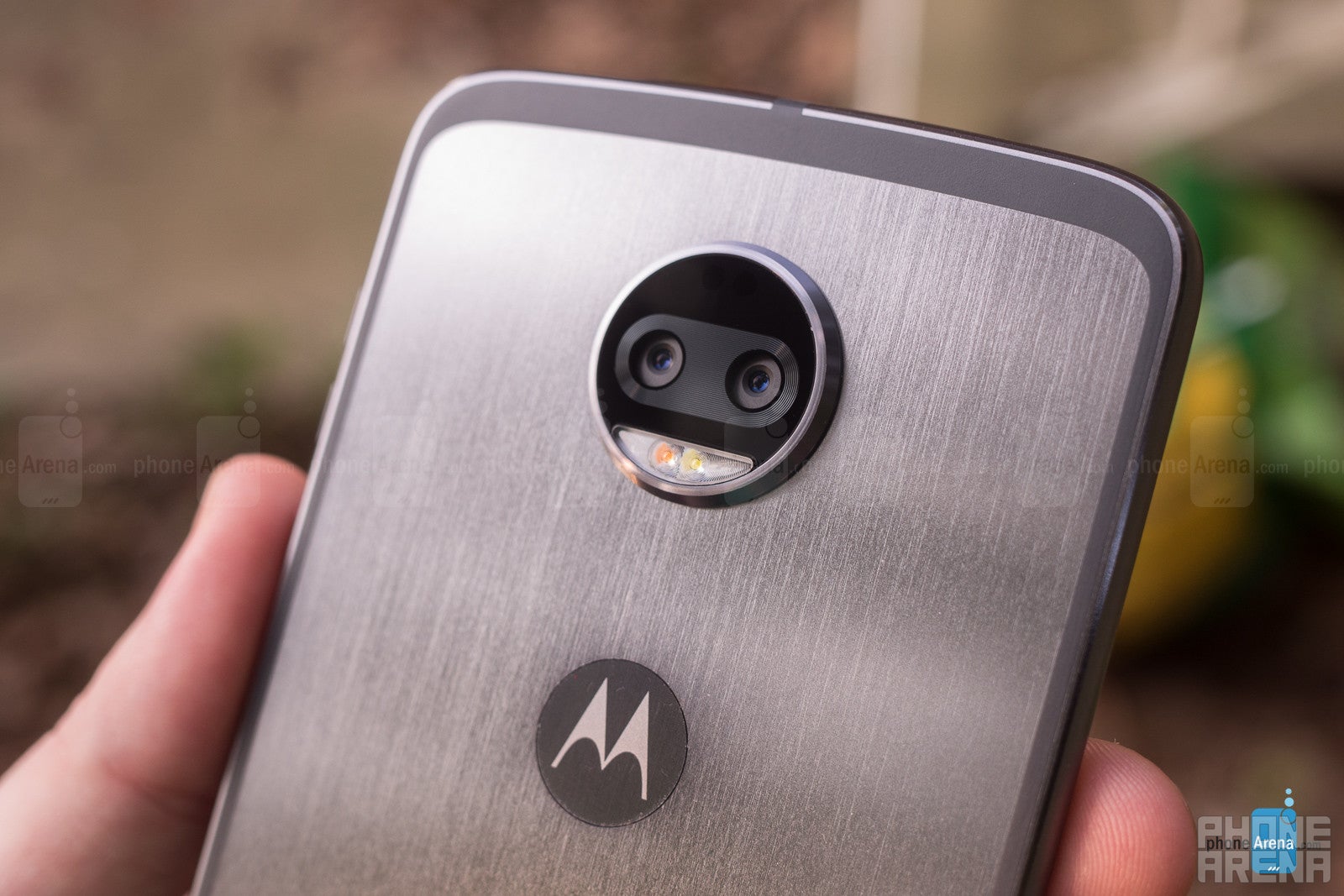
Maybe the single-biggest unknown when we're anticipating the arrival of a new phone is what the manufacturer intends to give us in terms of camera hardware. Processor, screen details – other components are far easier to predict, but when it comes to a camera, almost anything goes.
Last year, the Moto Z arrived with a 13MP main camera, while the Z Force pushed that up to 21MP. Both offered attractive features like optical stabilization, and both lenses had f/1.8 apertures to let in lots of light. With the Z2 Force, we could have gotten more of the same (not unlike Samsung did with its 2017 flagship), but instead we see Motorola going in another direction entirely, giving this year's phone a dual-camera package.
That means a pair of 12MP sensors (each with larger pixels than those on either of last year's phones), one full-color and one black-and-white. That sort of arrangement is similar to ones we've seen before, and while it feels a little less versatile than two full-color cameras with different focal lengths, we've also seen such systems deliver some impressive shots. Do the cameras on the Moto Z2 Force hold up? Or are we going to wish Motorola kept things simple – while maybe keeping extras like OIS? Let's take a look.
Image quality
Motorola's previous generation of Moto Z flagships performed quite strongly when it came to photography, and while we weren't about to put either phone's camera on our best-of lists for 2016, we couldn't ignore their effortless ability to produce decently high-quality images.
Even without optical stabilization, we feel safe saying that the Moto Z2 Force doesn't do their legacy a disservice. Pictures taken with the phone exhibit well-balanced exposures, engaging, life-like colors, and sharp focus. Low-light performance is pretty satisfying, presumably thanks to that extra monochrome sensor and its ability to capture additional brightness data.
Our bests pics seemed to come from the use of the phone's auto-HDR mode, which really excelled at landscapes, capturing both ground subjects and cloud-speckled skies with aplomb. Our only issue there is the limited availability of the feature, and specifically that you can't tap into HDR when shooting in B&W. Why, we can't say, but it's one sour note on an otherwise interesting feature.
The dual-camera system also lets the Z2 Force pull off some photographic effects – and top on that list is the standard blur-out-the-background mode. Much like we've seen on other phones pulling this trick, the effect is far from perfect, and you're inevitably going to get both over- and under-shoot of the in-focus clipping.
In addition to those focal tricks, you can also use this system to selectively color your subject, leaving the background B&W, or to simply remove the background entirely. These are neat, but also highlight the imperfect clipping even more so than the selective focus mode.
Video recording
The Moto Z2 Force may miss out on optical stabilization, but its 12MP cameras do leave plenty of pixels left over for electronic stabilization, and the phone is powerful enough to pull off that trick even when shooting in high-end filming modes like 4K or 1080p @ 60fps – not something we see on a lot of phones that support such recordings.
But while the Z2 Force's video capabilities sound good on paper, in operation we ran into a few hiccups. While stabilization definitely does a lot to smooth-out camera movement, video footage itself is occasionally jerky, especially when shooting in black and white. And the videos we shot tended to feel a lot lower-res than they actually were, with really soft-looking features.
While none of that is great, the audio component of video recording actually works pretty well, and the Z2 Force did a really nice job at making our near-camera narration sound clear and intelligible, even with considerable background noise to contend with.
Multimedia
Could reliance on Moto Mods be causing Motorola to neglect the Z2 Force's sound?
As we already touched on, the screen on the Moto Z2 Force has a few good things going for it. Assuming you've managed not to reduce it to a scratched-up mess, it's sharp, adequately bright (at least in auto mode), and capable of generating some saturated, pleasing-to-look-at colors. All you need for a rich multimedia experience is to pair that with some decent sound – but here the Moto Z2 Force comes up a little short.
Like other Moto handsets, this one ends up with a single front-facing speaker – really, the phone's earpiece. That move may help keep the component count down and lend itself to thinner, easier-to-make phones, but it doesn't do a ton to create a really satisfying listening experience. The greatest problem here is a lack of satisfying bass output, just like we ran into with the Moto Z2 Play.
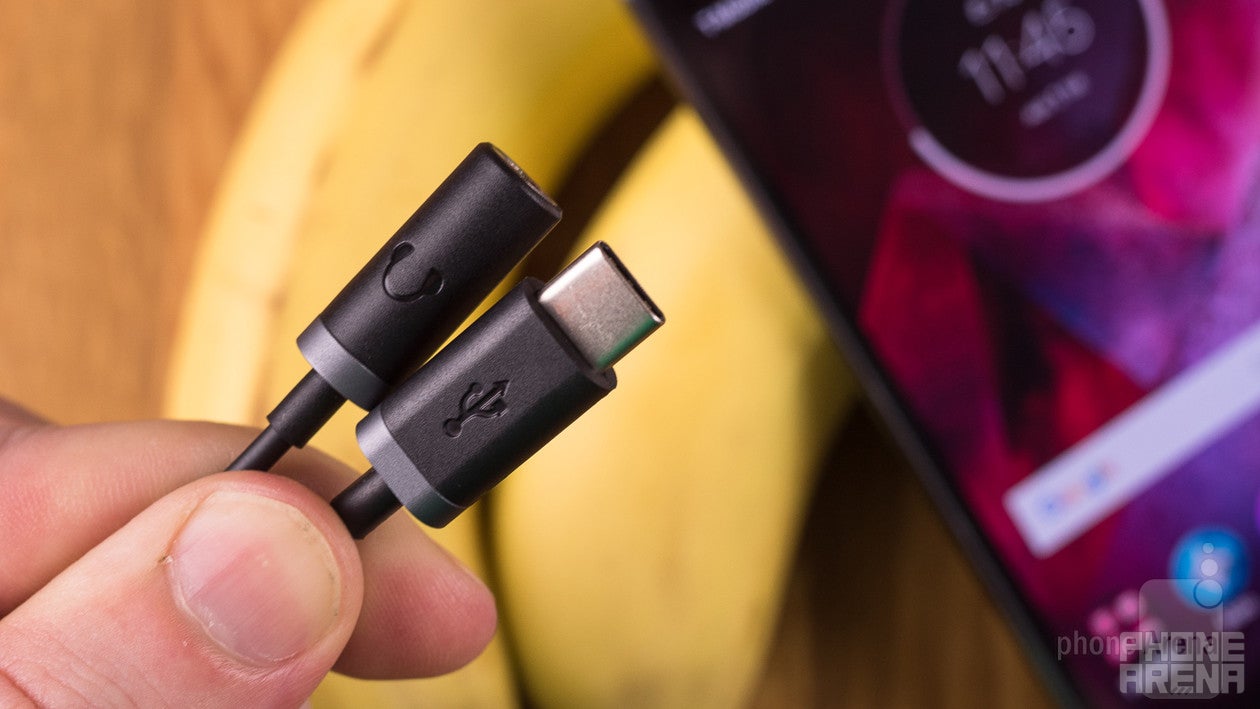
The solution may simply be to pair the Z2 Force with a speaker like the JBL SoundBoost 2 Moto Mod, but that's just a bandage on a still-extant issue. And while we do appreciate the appeal of front-firing speakers, if Motorola can't manage to improve sound quality, the company might be better off considering the much more popular bottom-edge route.
Of course, we also have to address the headphone situation here – or rather, the lack thereof. Once again, Motorola's Z-series flagships land without support for legacy audio accessories. Yes, there is a USB Type-C adapter included with the phone in its box, but it's still enormously frustrating that the higher-end, thicker (with presumably even more space to fit in a headphone jack) Moto Z2 Force omits the port, while the lower-end, thinner Moto Z2 Play has no problem giving users full headphone support.
Call Quality
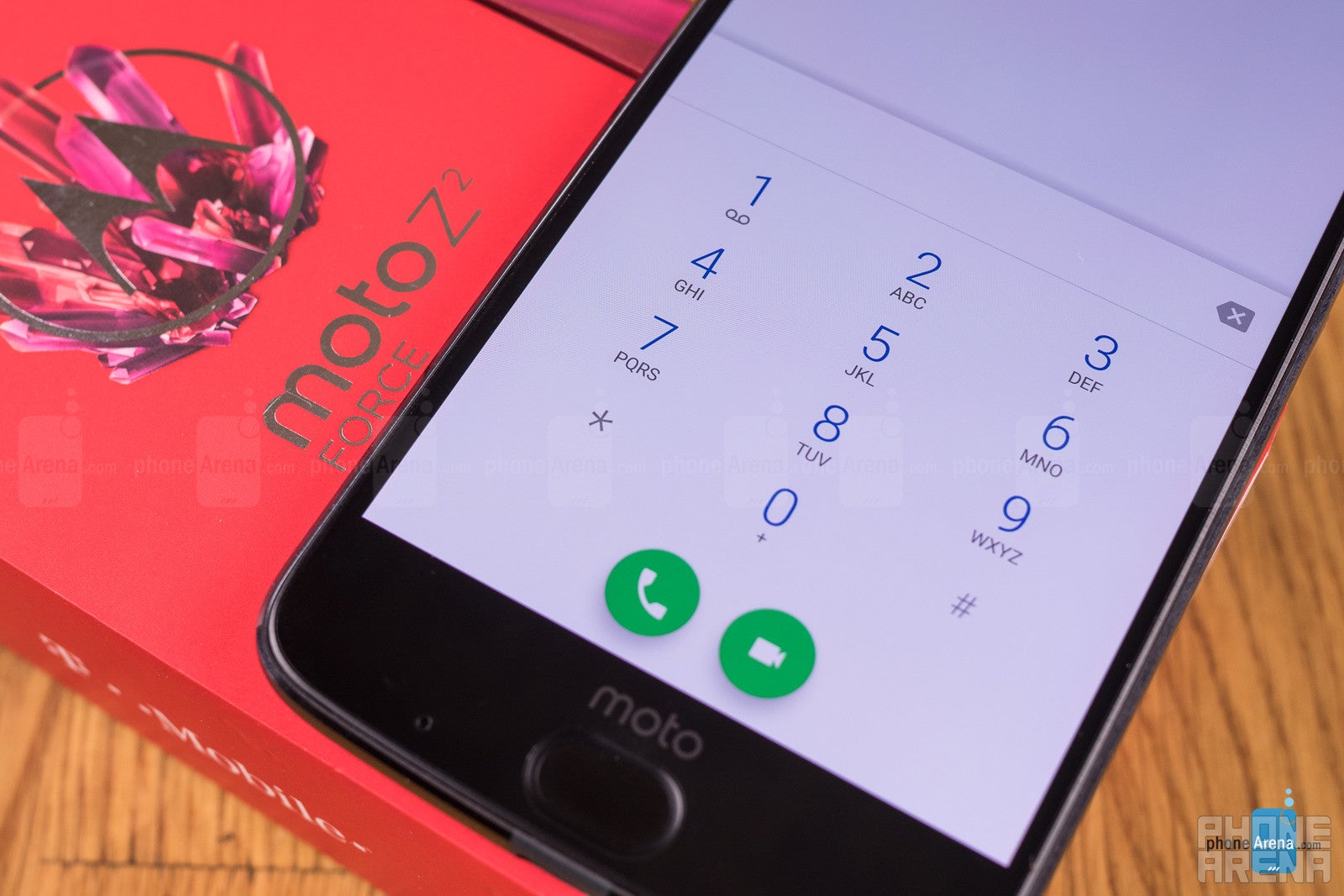
Battery Life
Even with a drastically smaller battery, the Moto Z2 Force still puts on a really solid showing
While there are a number of good reasons why Motorola might have wanted to make this year's Moto Z2 Force a thinner phone than its predecessor, that move to slim down the handset comes at a cost, and that's clearest when we talk about battery capacity. The first Moto Z Force arrived with a healthy-sized 3,500mAh battery, while the thinner Moto Z went with a 2,600mAh component. And though this new phone gets its name from the former, its battery is more in line with the latter, as the Z2 Force offers a 2,730mAh battery.
But raw capacity isn't everything, and this year's new hardware – and in particular, the power-efficient Snapdragon 835 processor – can help stretch battery as far as it can go.
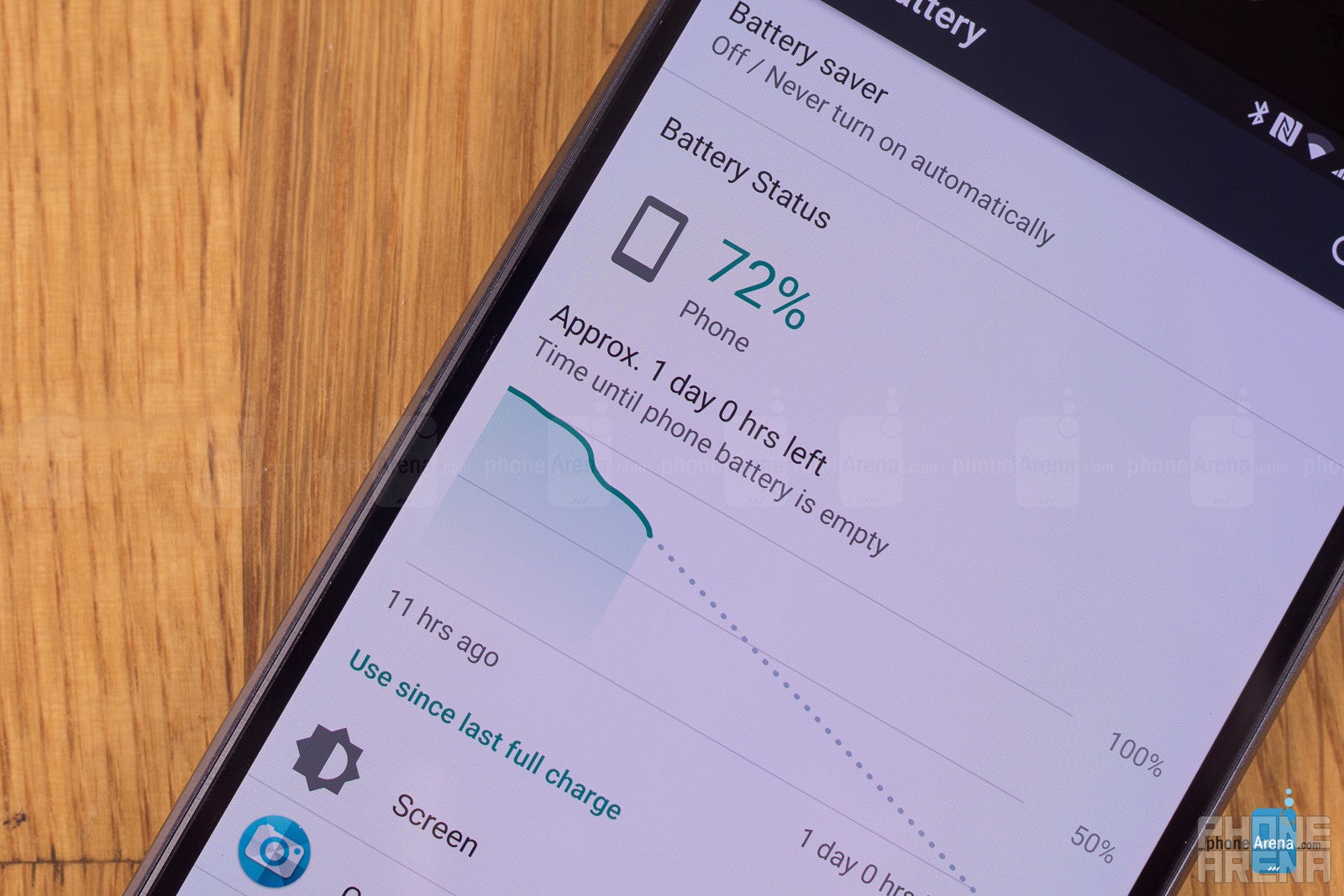
In our custom tests, the Moto Z2 Force was able to operate, screen-on, for between seven and eight hours on a charge. That's largely in line with phones like the Samsung Galaxy S8, and easily manages to push past battery life expectations from the original Moto Z Force. Now don't get us wrong – the new Z2 Force would have been even better if it returned with a 3,500mAh battery of its own, but we're happy to admit that our doubts about the phone's power endurance were basically unnecessary.
That's just the half of it, though, and perhaps due to the phone's conservative battery capacity, recharging times are exceptionally fast, and with the included Motorola Turbo Power adapter, we were able to bring the Moto Z2 Force back from depleted to fully-charged in between 80 and 110 minutes – that's not bad at all.
Though you won't find extras like wireless charging built-in, it's easy to add that or even an external battery pack with the help of Moto Mods add-ons.
When talking to Motorola at the Z2 Force launch event, the company indicated to us that it wasn't really interested in phones with day-plus battery life any more, as users tended to charge their devices every night anyway. With its smaller battery, the Moto Z2 Force may be cutting it close with day-long endurance, but especially looking at how its performance rates compare to other flagships, we doubt users will be too disappointed.
Moto Mods
How much are you willing to spend for some trick photography?
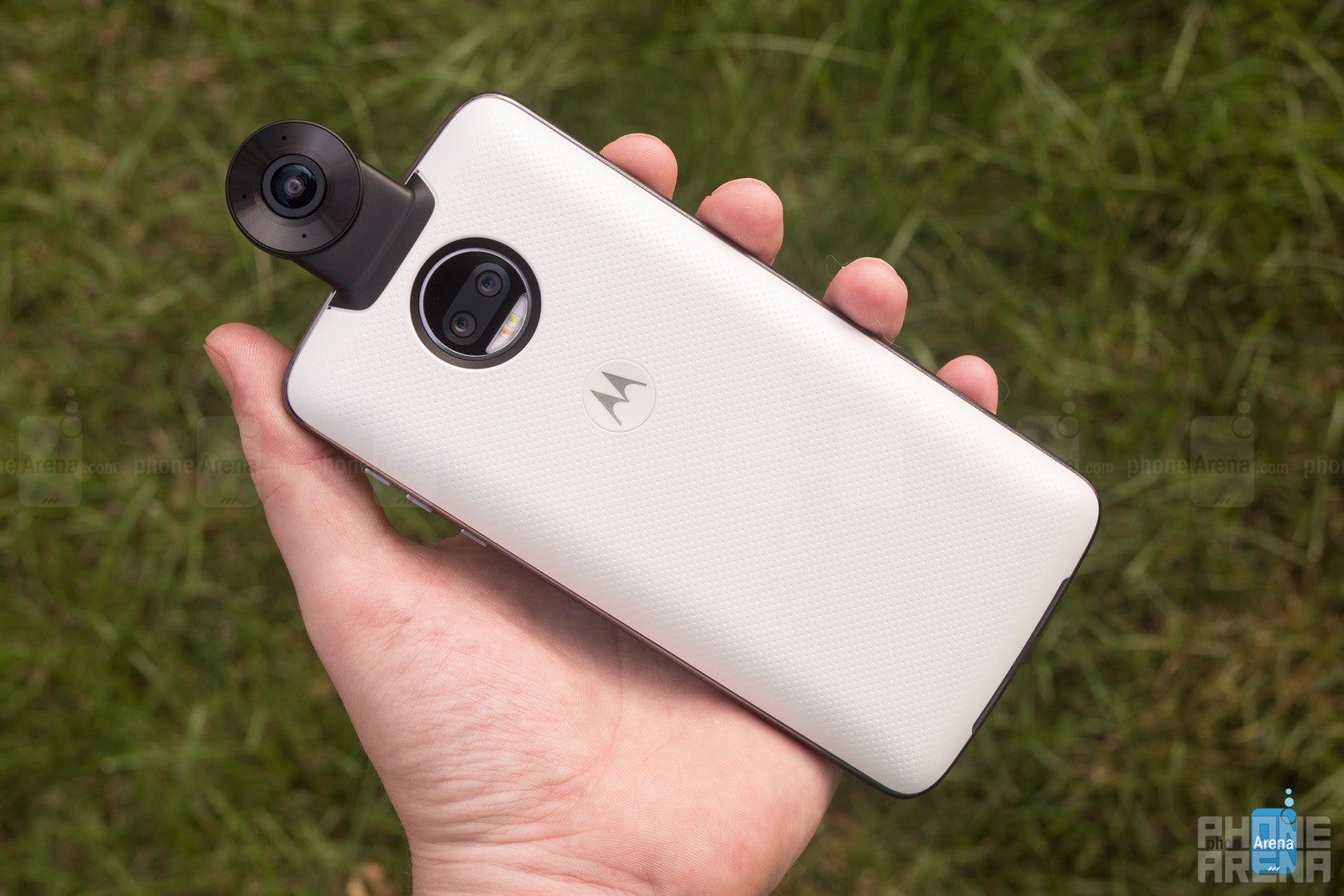
As a Moto Z phone, the Z2 Force supports the full range of Moto Mods hardware, but for this review we're interested in the most recent add-on, one that launched alongside the Z2 Force itself: the Moto 360 Camera.
Essentially, the Moto 360 Camera is a dual-wide-angle-camera system not unlike Samsung's Gear 360 or LG's 360 Cam: images and video can be taken with one or both lenses simultaneously and stitched together to capture the entire world around the camera.
The hardware includes two 13MP cameras, as well as an array of four microphones for capturing sound from multiple angles. And though it's easy to overlook, there's also a physical shutter button on the Mod's back, hiding in the Motorola-logo dimple.
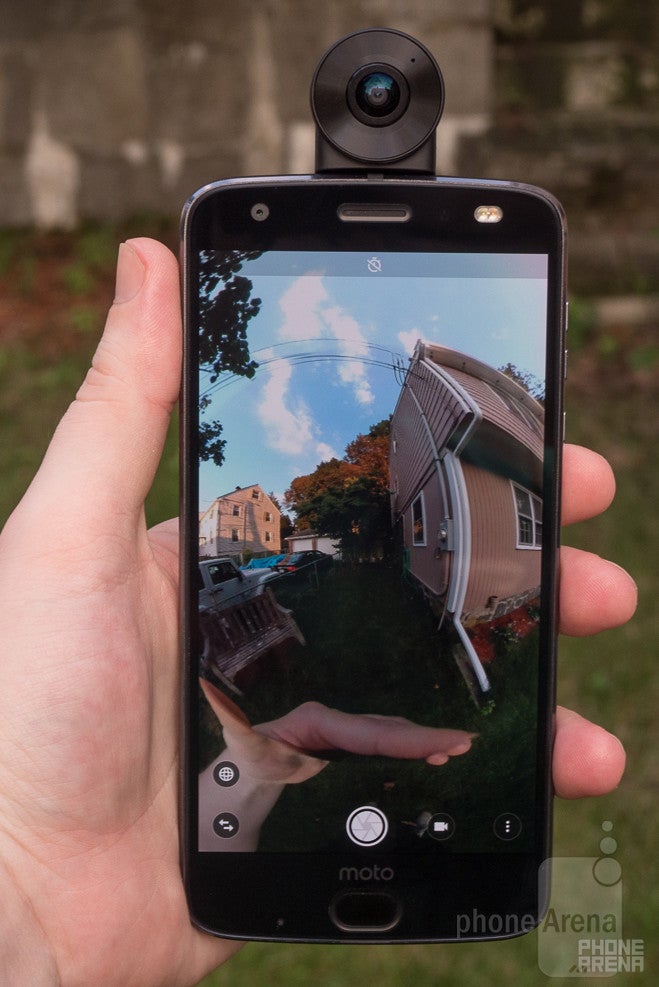
On one hand, that greatly eases setup and helps conserve battery life, not having to rely on a wireless connection to stream video in real time between devices. But it also makes Motorola's camera less flexible in terms of placement. We'd love to see some sort of stand built into the Mod's back, but for now you'll either have to hold it in your hand or work out some kind of third-party mount.
Motorola's software succeeds more in some areas than others. Editing 360-degree content is relatively easy, letting you crop out areas you don't want to keep. But sharing options could use work, and the 360 camera app itself takes noticeably longer to start up than the phone's built-in camera. Speaking of that, you can switch between the phone's native camera and the 360, but the app always defaults back to the latter. So while you can leave the Moto 360 Camera attached when not in use, if you're going to be taking a lot of regular pics, you may want to save yourself some hassle and disconnect it.
In the end the Moto 360 Camera is a decent alternative to the Gear 360 for Motorola users, but its $300 price point feel excessive; it's especially hard to justify in the face of Samsung's option going for just $230. At half this price, it would be an easy recommendation, but you're going to need to be really, really into both 360-degree filming and Motorola smartphones in order for this purchase to make sense.
Conclusion
Motorola made a big gamble with the Moto Z2 Force, giving us a phone that wasn't clearly a direct follow-up to either the Moto Z or original Moto Z Force. But while that could have been a disaster, instead the company has managed to strike a solid balance between what we liked best about both those models, and in the process created one that really does manage to convince us that the Moto Z family only needs one flagship.

But at the same time, the Moto Z2 Force can be a hugely frustrating phone. The biggest problem there is the screen, and Motorola could really stand to benefit from dropping its ShatterShield project. The concept is sound, but instead of leaving us worry-free about a phone that won't bust up its screen when we drop it, we're instead left terrified of a phone that's liable to get a scratched-up screen just from looking at it funny. Your experience may differ, but we find it a lot easier to avoid dropping our phones than to keep anything remotely sharp from going anywhere near their screens, and by giving us a display like this, Motorola has replaced one minor concern with one that's maybe even more difficult to live with.
Then there's the missing headphone jack, and while we were willing to wait and see how this experiment played out with the Moto Z phones last year, the continued availability of the jack on the Moto Z Play series has just made it harder and harder to accept its absence on the Moto Z2 Force. Shouldn't a more expensive phone offer more features, not fewer?
Flagships themselves have changed since last year, and this year's hard-to-ignore arrival of 18:9 screens has left more traditionally-shaped phones like the Moto Z2 Force feeling a bit “fat” in comparison. We realize Moto Mods support doesn't give Motorola anywhere to go here, but it puts this model at a disadvantage, all the same.
While we have some legitimate complaints about how the Moto Z2 Force came together, it's also a very well-equipped, powerful phone with decent battery life, great recharge times, a pretty nice camera, and top-of-the-line performance. And with support for Moto Mods, it's easy to get even more mileage out of the hardware.
The Moto Z2 Force can be a really fantastic smartphone, but it's going to take a little work. Absolutely buy a screen protector. And you're not going to be getting anything close to your money's worth if you don't pick up a couple Moto Mods. But for the user who's willing to do a bit of legwork, and also has faith that Motorola can smooth over a few of the software's rough patches through future updates, the Moto Z2 Force can easily be a powerful, versatile handset.

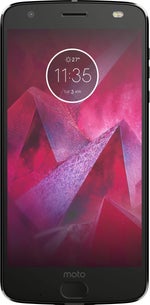
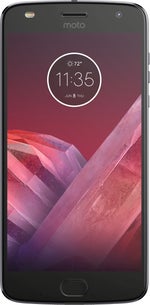

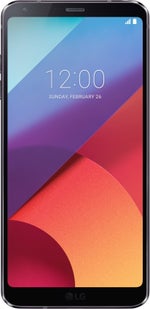




























Things that are NOT allowed: